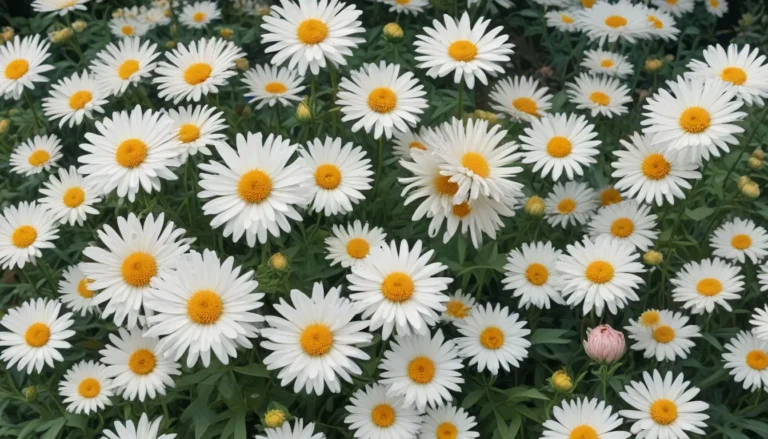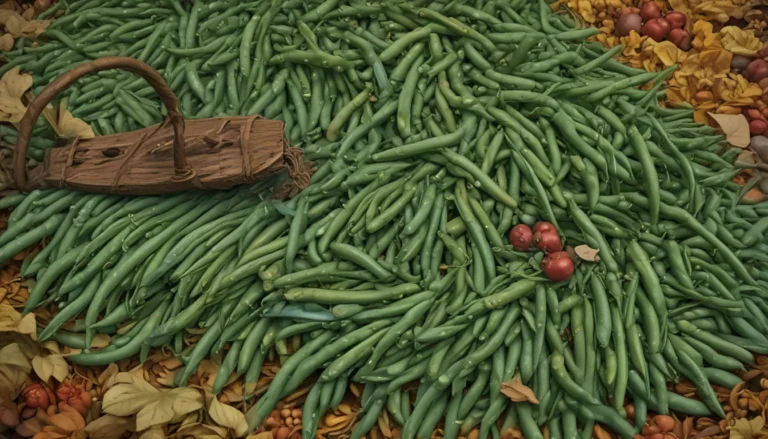The Complete Guide to Planting and Growing Daylilies: Nature’s Durable Beauty

If you’re a fan of hardy, drought-tolerant, and vibrant flowers in your garden, daylilies are the perfect choice. These showy perennials are easy to care for, forgiving of neglect, and come in a wide range of colors and varieties to suit any taste.
In this extensive guide, we’ll explore what makes daylilies such a popular choice for gardens, how to establish and grow them successfully, and delve into some of the best cultivars available. We’ll also discuss common pests and diseases that may affect your daylilies and how to manage them effectively.
What You’ll Learn
- Cultivation and History: Discover the origins of Hemerocallis and how to grow them in your garden.
- Establishing in Your Garden: Learn the best practices for planting and caring for daylilies.
- Soil Conditions and Watering: Understand the soil requirements and watering needs of these resilient plants.
- Pruning and Maintenance: Tips for keeping your daylilies healthy and vibrant.
- Cultivars to Select: Explore some of the most popular and unique daylily varieties.
- Managing Pests and Diseases: Identify and treat common issues that may affect your plants.
Cultivation and History
Hemerocallis, which means “beautiful day” in Greek, has a rich history that traces its origins to Asia and Europe. These vibrant flowers are popular across a wide range of growing zones and are known for their large clumps of blooms that last for a single day.
With over two to four hundred blooms per clump in the peak season, daylilies are a prolific addition to any garden. They thrive in full sun and are adaptable to various light conditions, making them an excellent choice for both beginner and experienced gardeners alike.
Establishing Daylilies in Your Garden
While daylilies are forgiving of neglect, a little planning and care during planting can go a long way in ensuring their success in your garden. Here are some key tips for establishing your daylilies:
- Planting Time: Choose the right time of year based on your climate to plant your daylilies.
- Spacing: Space your plants appropriately based on desired growth rate and visual impact.
- Sunlight: Aim for at least eight hours of sunlight daily for optimal growth.
- Watering: Water regularly during the first few weeks after planting, then reduce to once a week.
- Soil Quality: Amend your soil with compost for improved fertility and drainage.
Adding Hemerocallis to Your Garden
When adding daylilies to your garden, consider these additional tips for a successful planting:
- Depth: Plant your daylilies slightly deeper than other perennials to encourage healthy growth.
- Watering Schedule: Adjust your watering frequency based on the age and condition of your plants.
- Variety: Choose a variety of daylilies with staggered blooming periods for continuous color throughout the season.
Pruning and Maintenance
Once established, daylilies require minimal maintenance to thrive. Here are some key tasks to keep your plants healthy and vibrant:
- Deadheading: Remove spent blooms to encourage new flower production.
- Division: Divide your daylilies every 2-4 years to prevent overcrowding and promote better flowering.
- Cutting Back: Trim back dead foliage to maintain plant health and appearance.
Daylily Cultivars to Select
From vibrant oranges to creamy whites and deep purples, daylilies come in a wide range of colors and varieties to suit any garden style. Here are some popular cultivars to consider:
- Primal Scream: A stunning orange bloom that grows well in zones 3-9.
- Sunday Gloves: Creamy white flowers with a modest height perfect for zones 3-9.
- Nosferatu: Dark purple blooms for a unique garden feature.
- Stella d’Oro: A staple perennial that blooms all summer long.
Managing Pests and Diseases
While daylilies are generally low-maintenance, they can be susceptible to a few pests and diseases. Here are some common issues to watch out for:
- Insects: Aphids, slugs, spider mites, gall midges, and thrips can affect your daylilies.
- Fungal Issues: Streak and rust can impact the health of your plants, requiring proper treatment and prevention measures.
- Deer Damage: If deer are a concern in your area, consider using deterrents to protect your daylilies.
The Perfect Neighborly Perennial
One of the best features of daylilies is their ability to multiply into dividable clumps, making them an excellent choice for sharing with neighbors and friends. By dividing your plants regularly, you not only promote plant health but also contribute to a greener community.
Combining daylilies with other perennials like black-eyed Susans and coreopsis can create a vibrant and diverse garden border that blooms throughout the season.
Do you have a favorite daylily variety or a question about growing these beautiful perennials? Share your thoughts in the comments below and let’s keep the conversation going!
For more tips on spring flower gardening, be sure to check out our other guides:
- Tips for Transplanting Daylilies
- Growing and Caring for Lilies
- How to Cultivate Hardy Snowdrops
- Growing Hyacinths for Spring Color
By incorporating additional information, tips, and examples, this comprehensive guide provides valuable insights for readers looking to grow daylilies in their garden. With a conversational tone and practical advice, gardening enthusiasts can learn how to care for these beautiful and resilient perennials effectively.





